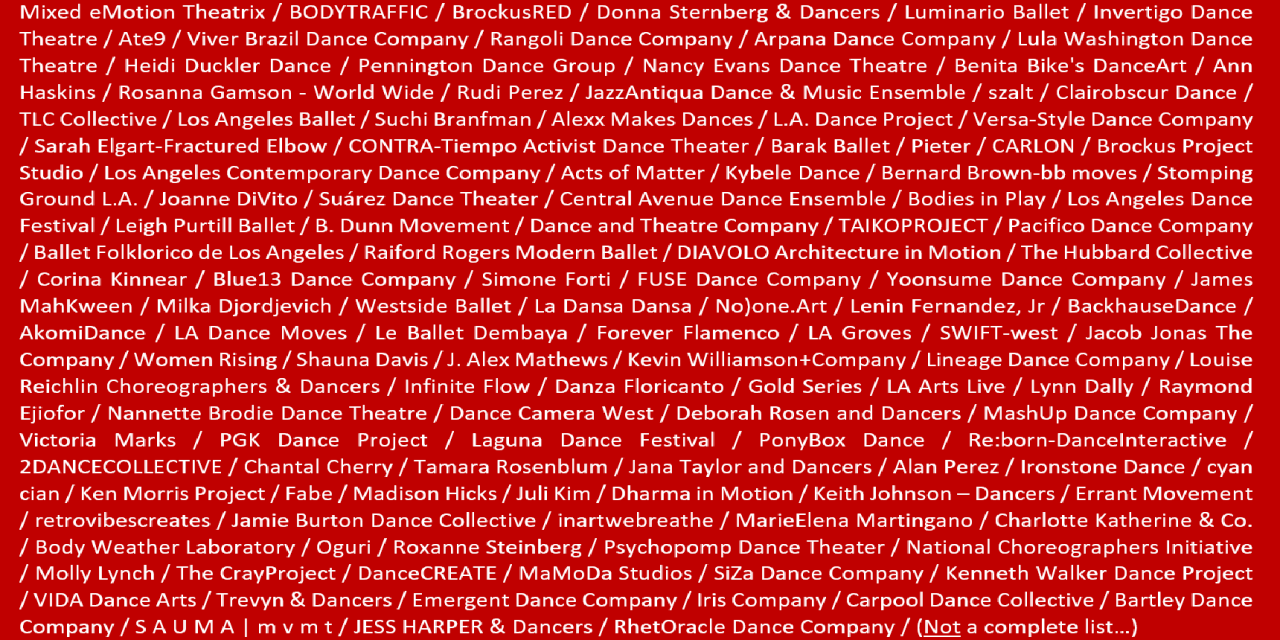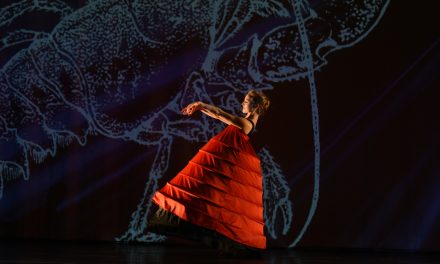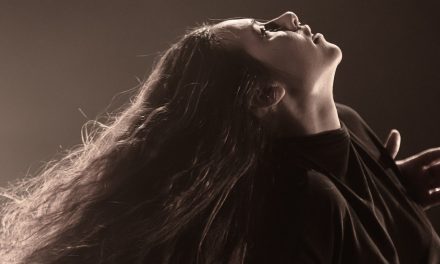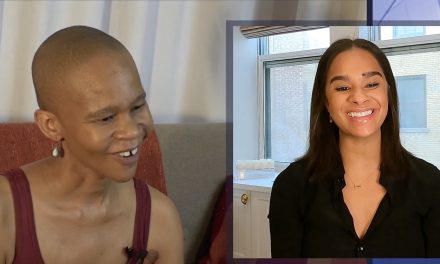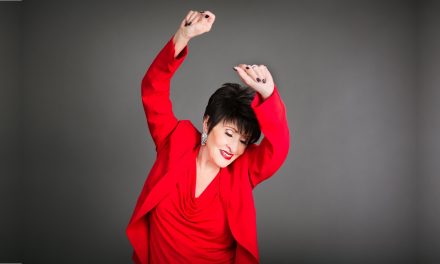Of the 90 Recipients of the LA Arts Recovery Fund Only 6 were for Dance. It has been many years since I sat on the California Arts Council Touring Program Panel where the majority of panelists were presenters, but two things stood out amongst the fund’s percentage breakdown. On the LA County Community Foundation (CCF) website it stated that 45% of the panelists identified as arts administrators, which a spokesperson of the LA Arts Recovery Communications Committee identified as including artistic directors, executive directors, programming professionals, etc. That said, only 25% of the panelists identified as artists. How many of those represented dance? Were the recipients selected because of their actual financial need or was the panel strongly influenced by which of the applicants were deemed marketable to presenters? Did the panel look at who among those that applied did not have a large list of current donors and/or corporate backers that they could draw upon? Did they consider the many extremely talented dance companies and studios in Los Angeles that have been financially devastated by the pandemic? Was this a popularity contest or a true delve into the financial situation of the dance community in LA? More transparency is needed.
Following the announcement of the recipients of the LA Arts Recovery Fund, I contacted them to hopefully learn why of the 90 organizations who received funding, only 6 were awarded to dance companies. A colleague of mine, Laurie Sefton, spent a lot of time and effort on researching the LA Dance Community and discovered that as of December 2020 there were approximately 351 working dance companies in Los Angeles. While I begrudge no one receiving relief funding to help survive these extraordinary and dire times of Covid, it was disheartening to see that of the 90 recipients of the LA Arts Recovery Fund so few went to dance.
I am extremely grateful that these organizations, B.Dunn Movement/Dance; Debbie Allen Dance Academy; Heidi Duckler Dance; Pieter; Versa-Style Dance Company; and Viver Brasil Dance Company received financial support, but this limited coverage speaks directly to why Los Angeles needs a collection of grants solely focused on funding dancers, dance companies and other dance organizations. Dance is a vital part of the Performing Arts, as well as a strong component of the tourist business in Los Angeles and beyond. It is decades past time for dance to stop being treated as the step-child of the arts. Dancers have performed for love, not received choreographic credit in film, worked three jobs to pay the rent, and starved long enough.
The Los Angeles dance community truly needs to address the fact that over its long history it has not come together as a community. As a united community, dancer artists, dance companies, and dance administrators would have more lobbying power to demand the financial support that it deserves. Only then will the stigma of step-child of the arts be banished.
I presented the CCF, who administers the grants, with four questions. I will leave it up to the readers to decide if my queries were completely addressed, or if they were answered in a manner to simply make those who made the decisions appear that they were funding companies “in need” and not simply those who they felt were “marketable”.
My questions to the CCF:
- Why were only 25% of the 50 panelists on the selection committee “Artists”, while 45% of them identified as “Administrators”?
- Can you release the names of the panelists to help me understand the thinking behind their selection of recipients?
- How many of the 50 panelists were dance artists or had experience running a dance company?
- Two of the six dance organizations who were provided with relief funding have a solid corporate backing and donor base to fall back on, while there are many excellent dance companies who are also deeply committed to working in their communities, and have long edwork with a very diverse group of dancers in Los Angeles who do not. What went into the financial investigation of the arts organizations chosen to receive relief funding?
Response from spokesperson for the LA Arts Recovery Communications Committee.
“The 90 grantee organizations broadly reflect by discipline the applicant pool and the arts ecosystem across the region, representing the diversity, creativity, and energy of our region across all artistic disciplines.
The community review process included the participation of over 50 professionals in the arts sector across all disciplines, who contributed their unique perspectives and insights. They included both discipline-specific experts as well as those with deep knowledge across several artistic disciplines.
Panelists were asked to review all applications against specific criteria that consider a number of factors, including artistic impact, community engagement, diversity of cultural expression, organizational leadership, and financial conditions.
The LA Arts Recovery Fund is focused on recovery and lasting impact, which means that we are investing more deeply in organizations. This was a highly competitive program, with many more applications from outstanding organizations than we could fund. We recognize that much more needs to be done to sustain the region’s entire arts ecosystem, and we are continuing our fundraising efforts towards reaching our goal of $50 million to make additional grant funding possible.”
Some information behind the LA Arts Recovery Fund
The J. Paul Getty Trust responded to the COVID-19 pandemic by creating a $10 million fund called the LA Arts Recovery Fund to provide financial support to Los Angeles-based nonprofit museums and visual arts organizations. Of that $10 million, $2 million in emergency relief grants was awarded to 80 diverse, small and mid-sized arts organization throughout Los Angeles County in the spring of 2020. Following this, the Getty reached out to other organizations to raise money to continue providing support to the arts.
At the same time, the Getty began working with foundations across LA and the nation to create a pooled fund in support of all the arts, including the performing and literary arts. The Getty’s efforts were rewarded with a $38.5 million LA Arts Recovery Fund. According to their press releases this is “the largest-ever pooled private investment for LA arts nonprofits in Los Angeles County. Grants are administered by CCF and will provide significant flexible operating support for a minimum of two years to a select number of small and mid-sized LA County arts organizations with projected annual operating budgets of $10 million and below prior to March 2020.”
The foundations and organizations that supported this fund included The Ahmanson Foundation, Vladimir & Araxia Buckhantz Foundation, California Community Foundation, Ford Theatre Foundation/L.A. County Department of Arts and Culture, J. Paul Getty Trust, Jerry and Terri Kohl, Robert Lovelace and Alicia Miñana, The Andrew W. Mellon Foundation, The Music Man Foundation, The Ralph M. Parsons Foundation, The Perenchio Family Fund, Snap Foundation, and Sony Pictures Entertainment & Sony Global Relief Fund. The Fund includes a challenge grant from the Ford Foundation’s “America’s Cultural Treasures” initiative, designed to support Black, Latinx, Asian, and Indigenous arts organizations in response to the ongoing COVID-19 pandemic and to acknowledge and honor the diversity of artistic expression in America.
The CCF created a Community Review Panel of more than 53 panelists who they state have a “deep knowledge of the Los Angeles arts sector” to decide which organizations received this relief funding. The names of the panelists was not provided, but there was a percentage breakdown of how they identified themselves: 45% identify as “mid-career” and 53% identify as “senior”, 45% identify as arts administrators, 25% identify as artists, 12% as educators, and 18% as other (curator, writer, advocate, producer, philanthropy professional).
Written by Jeff Slayton for LA Dance Chronicle.
Featured image: By LADC

